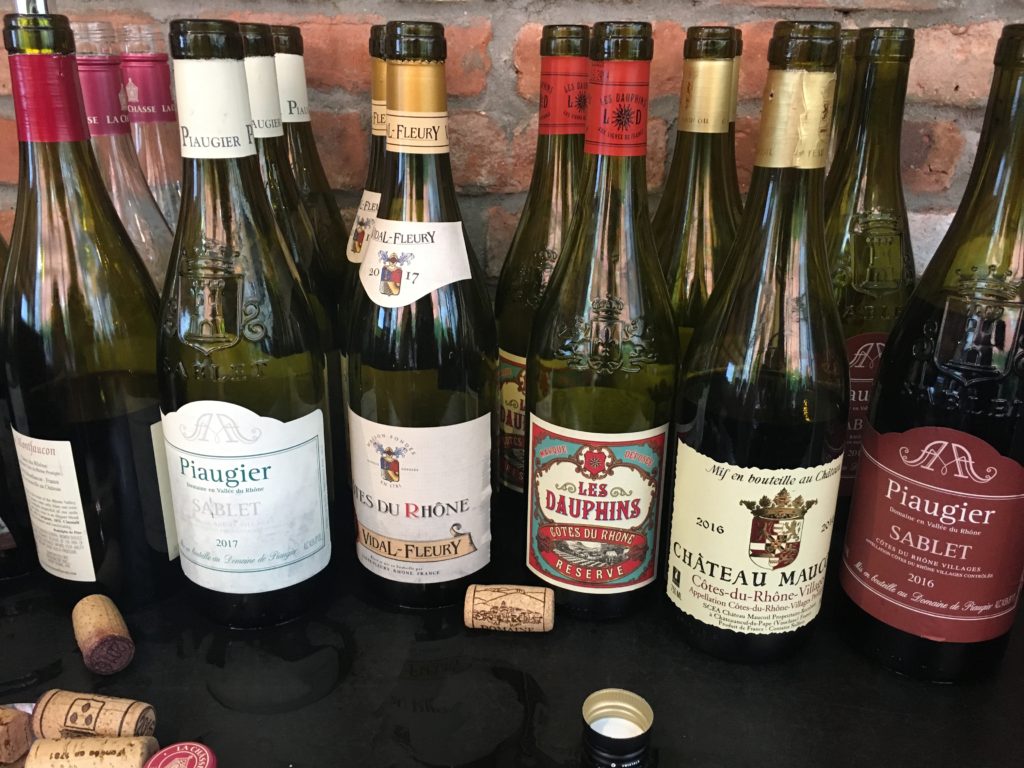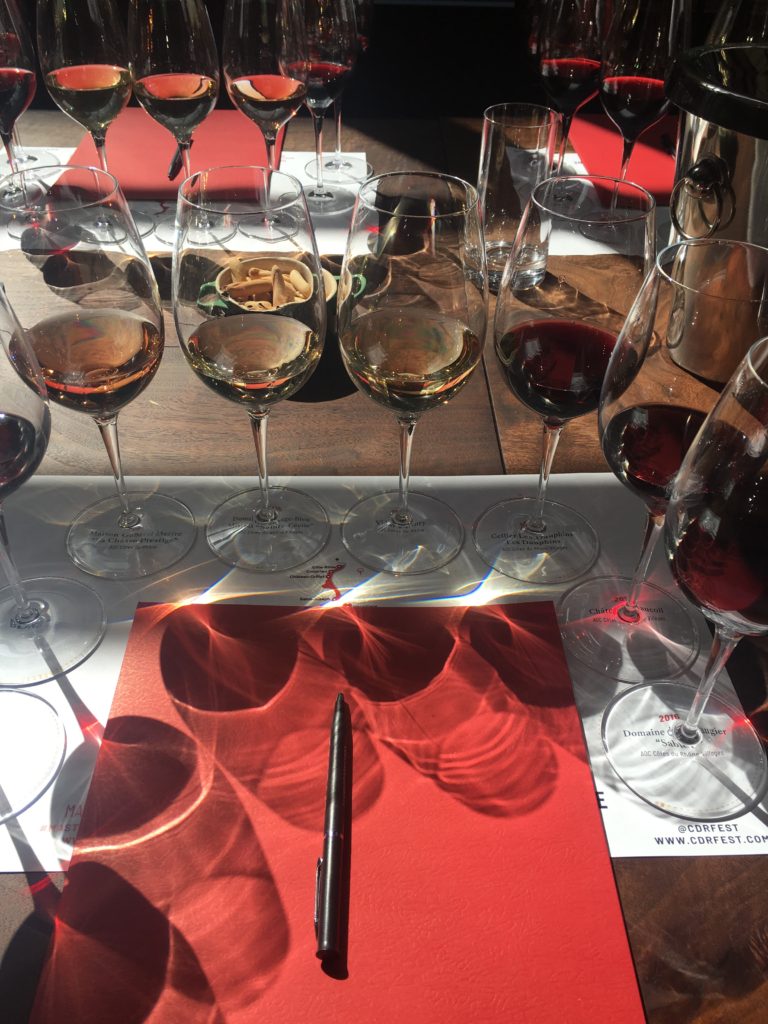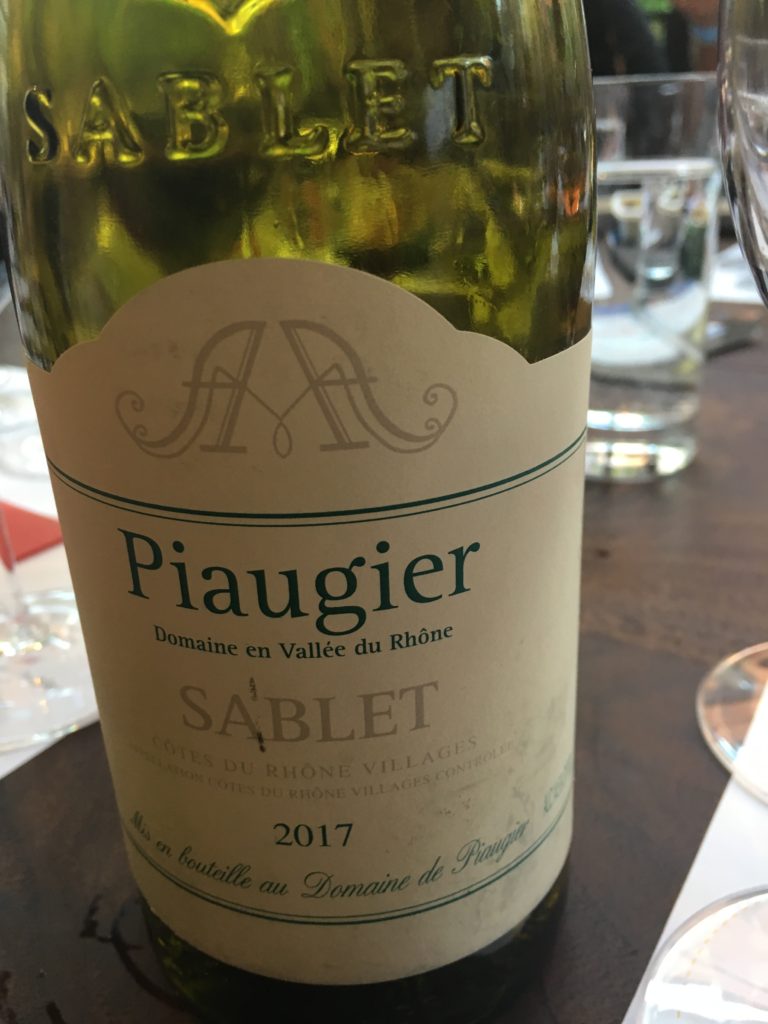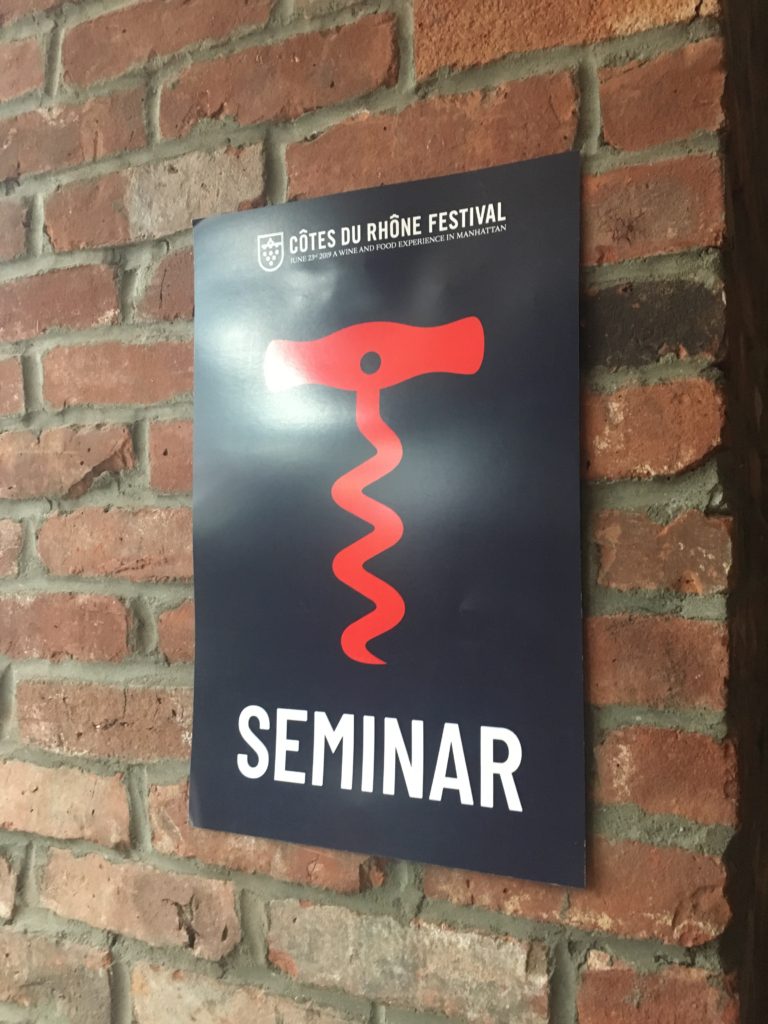Rhone Wines: Quick Sips
Rhone wines have been everywhere in NYC recently. I hope it is a coordinated effort and not just a coincidence but I wish that there was better advertising about it because I attended a couple of events that were just stellar and would love for more people to have the opportunity.
By far the best event was Cotes Du Rhone festival held at the oddly named Second Floor on 6th Avenue. It is in the Kimpton Hotel which made it nice to be able to get a bite of dinner afterward and the space was really beautiful so I forgive them their name choice, I guess. It just reminded me of when the Big 4 accounting firm I was working at in London spent millions of dollars at for consulting firm to come up with the name Tuesday for its new advisory arm. I obviously got into the wrong side of the business. Back to Rhone wines. I started looking into them more because I knew I was meeting my friend who likes Rhone wines and I didn’t remember much about them.
Here a few tidbits to get you started. There are two distinct regions in the Rhone and they have different styles and use different grape varieties. Here is the very least you need to know and still sound intelligent when discussing the Rhone. There is a Northern Rhone region and a Southern Rhone region – remember that – North and South, different styles. The next thing to remember, and really you can stop here and be way ahead of most people when it comes to talking about Rhone wines. Northern Rhone wines are made from the Syrah grape for red wines. Marsanne, Rousanne and Viognier are the white grapes of the Northern Rhone. Okay just one more thing and we’ll move on down South. Northern red wines can be powerful with both red (raspberry) and blue/ black (blackberry, blueberry) fruits, some floral such as violets and even some peppery notes. The whites will be floral, and if you get a wine made primarly with the Viognier grape it will be distinctive with yellow fruits such mango or peach.




Let’s move down the Rhone to the Southern wines. These wines are blends and will have some combination of Grenache, Mourvedre and Syrah for the reds. These wines will generally be a little softer than the Northern wines because of the blending of grapes. The whites can contain white Grenache, Marsanne, Rousanne, Viognier, Bourbolenc and Clairette but you are most likely to see the first four in any quantity in the blends.
Some final words on what to know to get started with Rhone wines. Cotes Du Rhone wines are the most basic of the Rhone wines. From there the wines in the appellation move up to the Cotes Du Rhone Village wines. They will be labelled as such. I have found some really lovely Cotes Du Rhone wines in the $12 – $15 range. The named Village wines are generally $18 and up but you might be able to find a good one for less. Talk to your local wine shop and see what they have.
Finally, if you are interested in learning more about wine, do check out your local wine store. Many will do tastings where you can begin to understand what a particular wine tastes like and most store staff are eager to share knowledge. If you want to get a little more serious try to find some seminars where you get to hear about the wine and also taste a few different wines. This seminar was an amazing $20 and well worth the hour spent.
I’d love to hear about Rhone wines you might have tried and loved! Make sure you throw out some of your new knowledge at your next dinner party and let me know how it went.